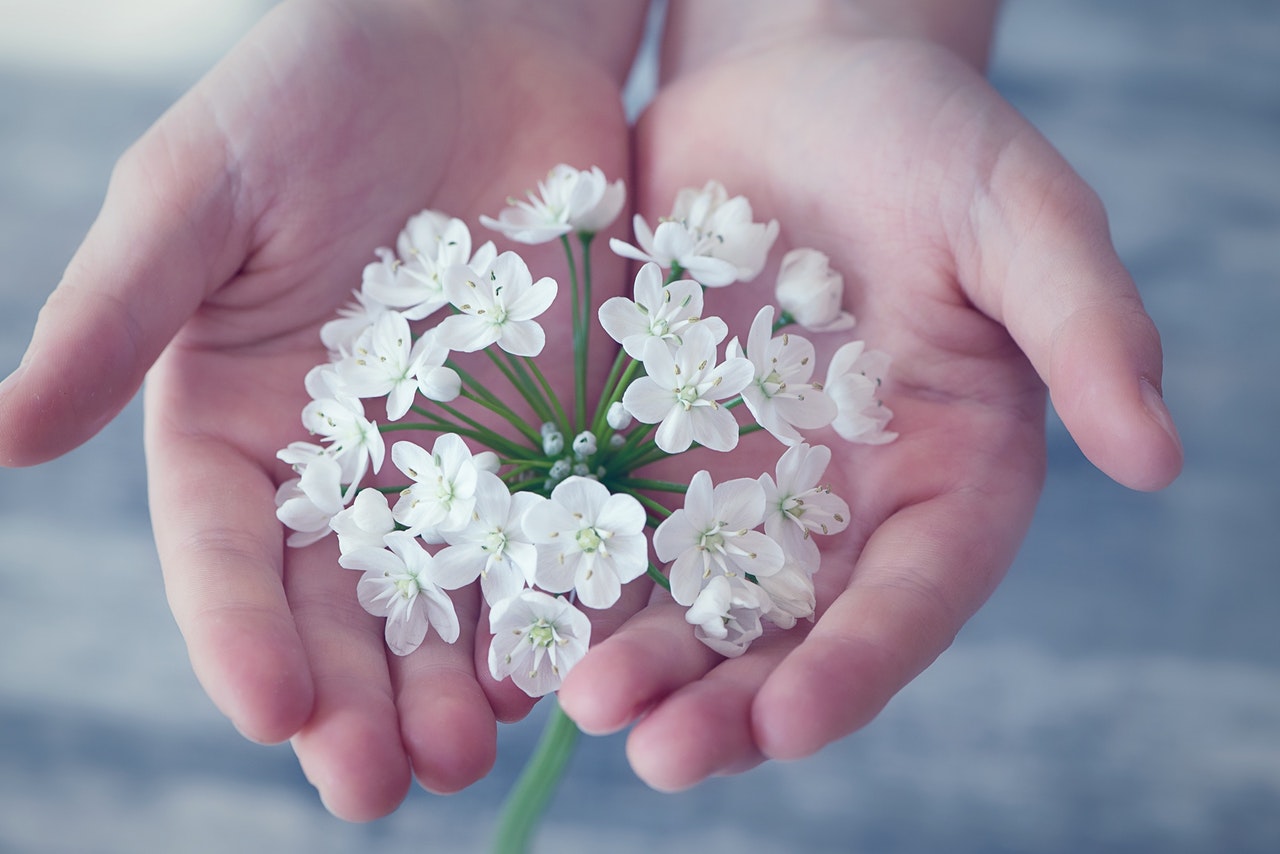
A healthy and invigorating marriage is something all couples should strive to maintain, regardless of age or years married. High-spirited relationships are often envied by others, but more critically, you will prevent the mundane tasks of daily life from thwarting long-term happiness. However, both spouses have to put forth deliberate effort to prevent a marriage from going stale.
During the honeymoon phase (which, by the way, lasts less than a year), couples focus most their attention on their significant other. They never imagine a time when anything else could vie for their attention. Men and women alike abound with energy and spontaneity during this “incubation” period.
Now, fast-forward a few years: spouses have a career, the family has grown by one or more children, and the laundry basket is overflowing—not exactly romantic.
How Do You Preserve That Surreal Newlywed Feeling?
Well . . . it starts with the realization that your marriage is worthy of the commitment you made when you said, “I do.” Also, all foolish notions have to be put to rest. Only in movies and romance novels do men and women communicate without talking, or have romantic rendezvous without thought or planning. Contrary to popular belief, love takes effort.
Luckily, there are many simple ways to keep the romance alive in your marriage and demonstrate your continuing love for your spouse.
Simple Actions That Will Light a Spark in Your Marriage
1. A Special Dinner
Make reservations at their favorite restaurant for no particular occasion. You be the designated driver and let them enjoy a few drinks. Or, if money is a bit tight, plan a picnic or a special meal at home with a flavorful—but reasonably priced—bottle of wine.
2. Movie Night
Take your spouse to the movie theater and let them take pleasure in a show of their choosing. You may not enjoy love stories or action movies, but marriage is about compromise. Again, if money is tight, rent a movie and make a big bowl of buttery popcorn. The point is to make your partner feel good.
3. A Weekend Alone
If you have children, make plans for them to stay with relatives for the weekend. Use your imagination. Spend the weekend ordering takeout and practicing bedroom gymnastics, make reservations at an exclusive bed and breakfast in the middle of nowhere, or take a skiing trip to the mountains—even if you don’t ski.
4. Surprise Each Other
One of the best aspects of a new relationship or being newly married is the constant element of surprise and novelty. At this point, you know so much about your spouse, and it takes quite a bit to surprise him or her. But why not think up a way to truly catch your spouse off guard (in a good way). For example, have the kids gone when your spouse comes home from work to have an intimate dinner and finish things off in the bedroom? When was the last time you wore lingerie, left him a love note or sent her a bouquet of flowers for no reason? It’s time to get creative.
5. Look at Old Pictures
Sit together and go through old photos or albums. Reminisce about your memories. Reflect upon your history together and places you have been together. Share some laughs and maybe even cry some tears.
6. Make Out
Flashback to when you were a teenager or when you first met each other. Make out just for fun. If it leads to that then great. But the point is to do something fun and different that will get the dopamine flowing again.
7. Do Something Different
Take the initiative, just like you did when you were dating, to plan a fun date or a new activity. Do not do anything that you usually do. It’s time to get creative. Perhaps a museum exhibit, an art show, an escape room, or a lecture on a fascinating topic? Approach your spouse with excitement when you say where you are taking him or her.
Notice what all these ideas have in common: they take thought and planning.
Nothing zaps the spark out of your marriage like taking each other for granted. So show your spouse you’re committed to maintaining a healthy relationship. Whether it’s a particular gift (lingerie, flowers, power tools, etc.) or a note placed in the briefcase, continually make an effort. Why not become the envy of all your friends. More importantly, demonstrate to your children how healthy, loving, and committed parents conduct themselves. In the end, everyone will benefit from your happy marriage.
By Marni Feuerman









